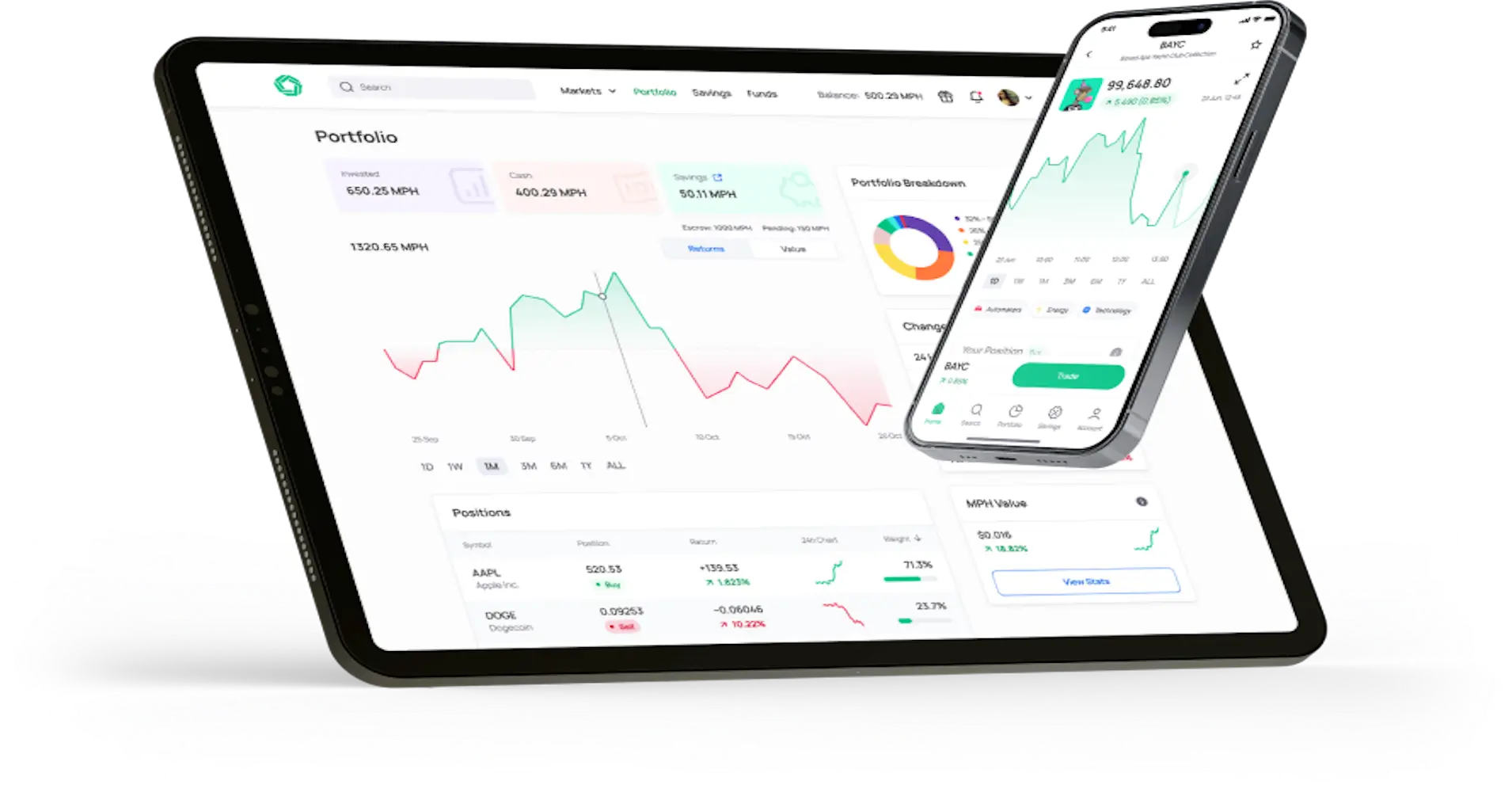Heating Oil Extends Downturn
US heating oil futures plunged toward 2.45 dollars per gallon, retreating from April 2024 highs as a historically tight distillate complex found some respite at the same time that crude feedstock costs eased amid renewed diplomatic signals. Distillate inventories ended a six-week run of heavy draws with a surprise 171 thousand barrel build in the week to November 14th, tempering fears over the magnitude of the product shortage. At the same time, crude prices fell after President Volodymyr Zelenskiy signalled willingness to pursue peace talks and reports surfaced that a US- and Russia-drafted blueprint, to be discussed when Zelenskiy speaks with President Donald Trump in coming days, could include territorial concessions and the lifting of some sanctions, a scenario that would open the door to higher Russian oil exports and lift oversupply concerns.
